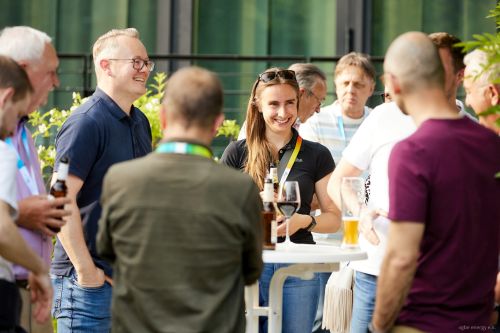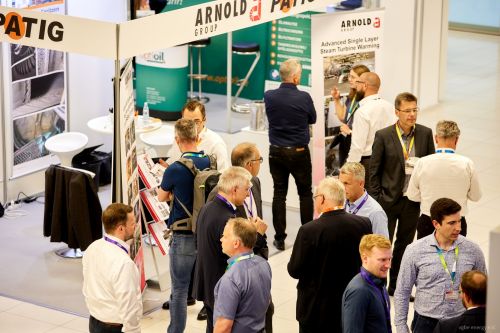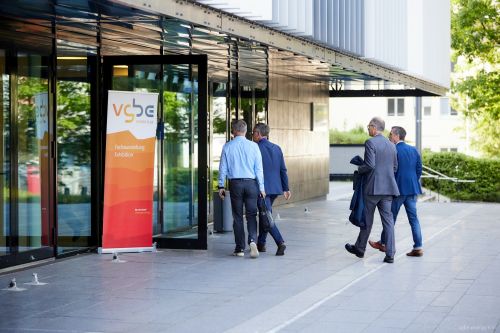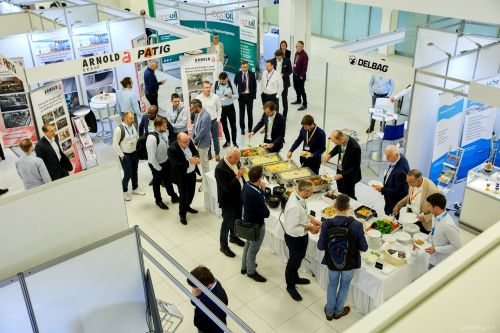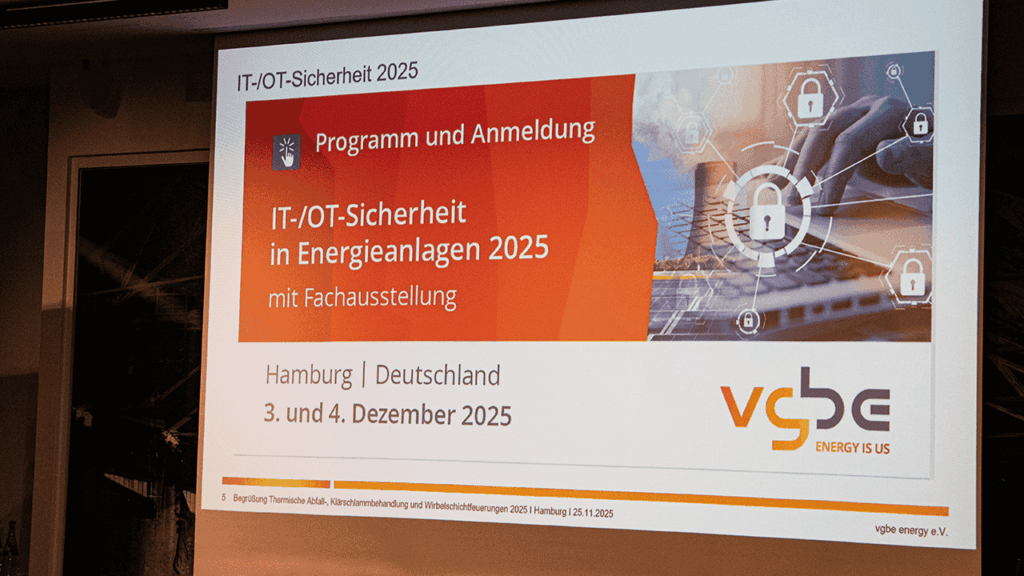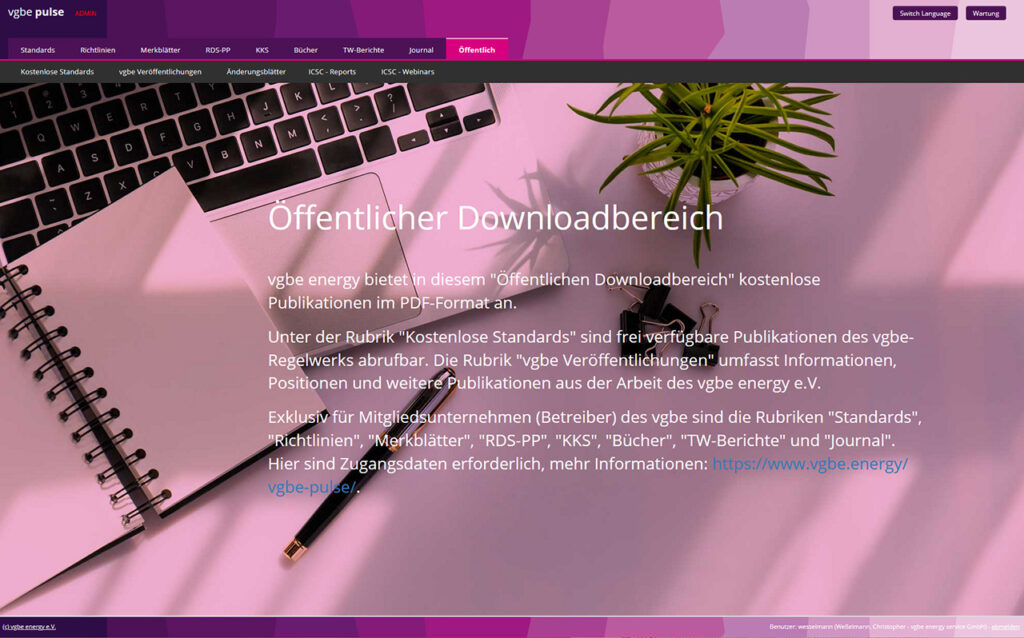This year’s vgbe conference “Gas Turbines and Gas Turbine Operation” took place in Koblenz on June 6/7, 2023 with about 160 participants from Germany and abroad. Due to the current situation and relevance, the wide-ranging portfolio of topics mainly included presentations on research, development and solution concepts for hydrogen (co-)combustion in new and existing gas turbine plants as well as ways to achieve 100% H2 readiness. In addition, reports were given on new gas turbines and plant concepts, fuel and load flexibilisation, upgrade and LTE concepts and measures to increase efficiency. The status and expected course of the transformation to climate-neutral electricity and heat generation was also on the agenda.
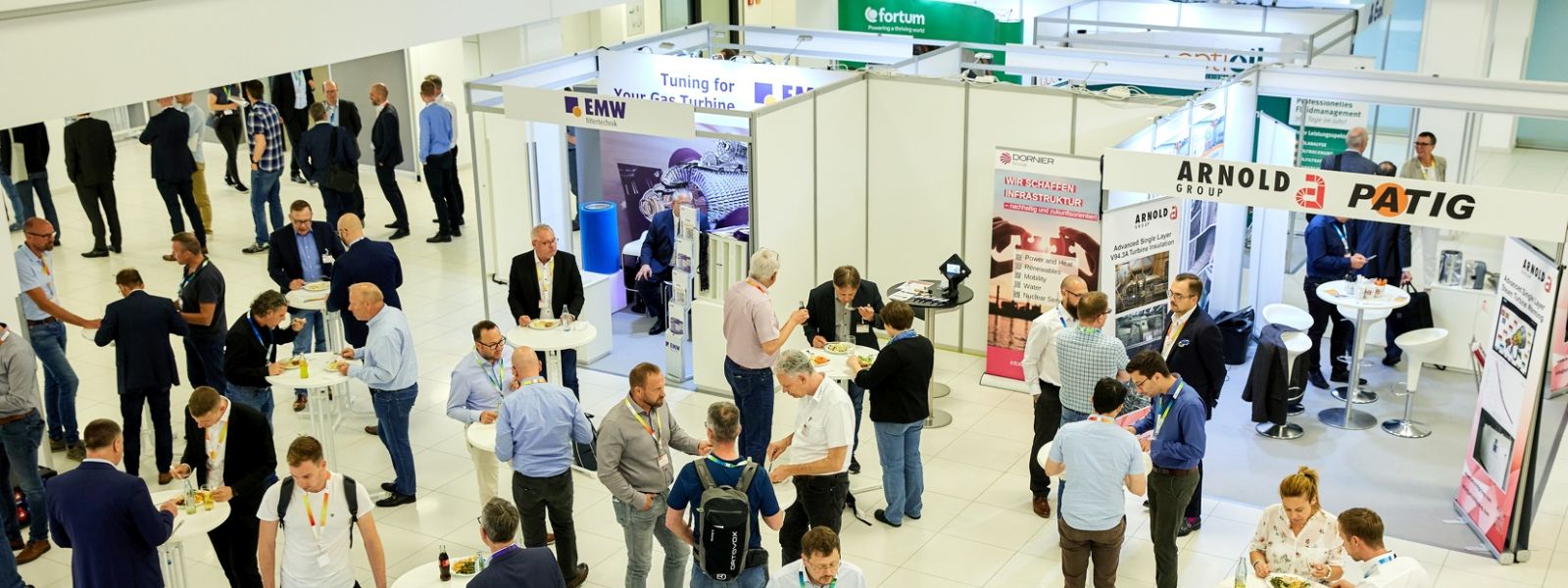
Among other things, two contributions from manufacturers should be highlighted. In the respective presentations, the developments of hydrogen combustion in gas turbines and initial operating experience from pilot plants were presented. The manufacturers are not only focusing on hydrogen, but also on other fully or partially greenhouse gas neutral fuels in the development of new gas turbine concepts. In addition to various fuels from biogenic sources, hydrogen derivatives such as e-ammonia and e-methanol should also be mentioned here.
A milestone in the development towards low-emission combustion of 100% hydrogen was presented: Here, natural gas-hydrogen mixtures with up to 40% hydrogen by volume in the fuel gas can be used in an industrial gas turbine while maintaining extremely low pollutant emissions. In addition, an outlook was given on development work currently underway towards a fully flexible low-pollution combustion chamber that can be operated with both pure hydrogen and natural gas.
The topic of transforming the energy system is closely linked to the topic of hydrogen, which is to be used increasingly as a low-emission source of energy to flank and supplement volatile generation from renewables. In this context, a “big picture” was drawn by Nurettin Tekin, who explained in his presentation “Big picture of the energy transition – status quo?” that a holistic view of all sectors is necessary in order to achieve the Paris climate protection goals, because only in this way, the necessary measures can be taken successfully.
The deputy chairman of the vgbe Working Group “Gas Turbines and Gas Turbine Operation”, Jens Walter, presented in his lecture the “vgbe Position Paper H2 Ready”, which was prepared by vgbe on an interdisciplinary basis, as well as the supplementary “vgbe Factsheet H2 Readiness for Gas Turbine Plants”. With both publications, vgbe has succeeded in defining “H2 Ready” from the perspective of its members and in objectifying the debate about this much-discussed term.
The supplementary factsheet offers valuable support for plant operators for the conversion or new construction of H2-ready-gas turbine plants based on detailed evaluation of the sub-systems.
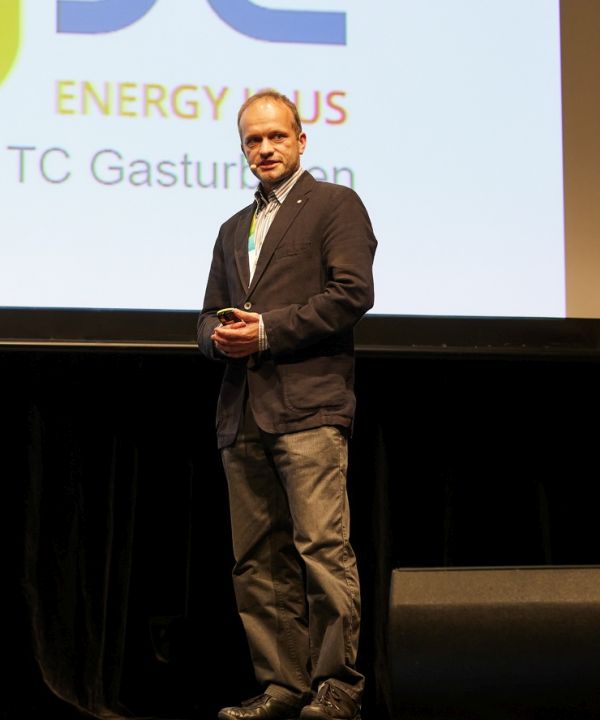
Florian Malotke’s presentation on the special properties of gas turbines in small power classes (up to 38 MW) was also of great interest. According to his presentation, properties such as fuel flexibility, low emissions, low space requirements, comparatively low operating costs, short installation time with reliable and, above all, very flexible operation will be particularly important in the future if gas-fired power plants are to be used to cover peak loads and to support and supplement renewables within the framework of the energy transition. A new 38 MW turbine with special quick-start properties was presented. It can be connected to the grid from the cold operating state at full load within five minutes without excessive material stress.
The so-called heat transition is currently the subject of controversial debate. In this context, Kai Braekler’s contribution on the new combined cycle power plant in Herne with district heat extraction was an example of how operators and manufacturers have already accepted the challenges in connection with the transformation of the energy system and also the heat transition. At the existing power plant site and main feed-in point to the Ruhr district heating network, a combined-cycle gas turbine plant with 650 MW electrical output and 400 MJ/s district heat extraction was built in Herne-Baukau as unit Herne 6 to replace the existing hard-coal-fired CHP plant Herne 4. The CCGT power plant was accepted by the operator on September 9, 2022 and already made a valuable contribution to supply security during the tense situation in the electricity market in the summer of 2022. District heat is primarily supplied by waste heat from the Karnap and Herten waste incineration plants. A report was given on initial operating experience as well as the commissioning phase, which had to be carried out under market conditions. District heating operation was also tested under commercial market conditions.
Tim Breining reported on a fuel switch project that also contributes to climate neutrality and thus to the transformation of the energy system. In a combined heat and power plant mainly operated with waste and equipped with coal-fired boilers to cover peak loads during the heating period, the coal-fired boilers are being decommissioned as part of the fuel switch and replaced by a modern gas turbine plant with auxiliary-fired waste heat boilers. Special attention is being paid to H2 readiness in order to meet the operator’s goals, i.e. phasing out coal by 2028 and achieving climate neutrality by 2035. In this context, adapted burners as well as some ancillary equipment necessary for operation with a higher H2 content were only executed and delivered with expected H2 supply according to the latest state of the art. A conversion to 100% hydrogen operation is already planned and regulated within the framework of the long-term maintenance contract.
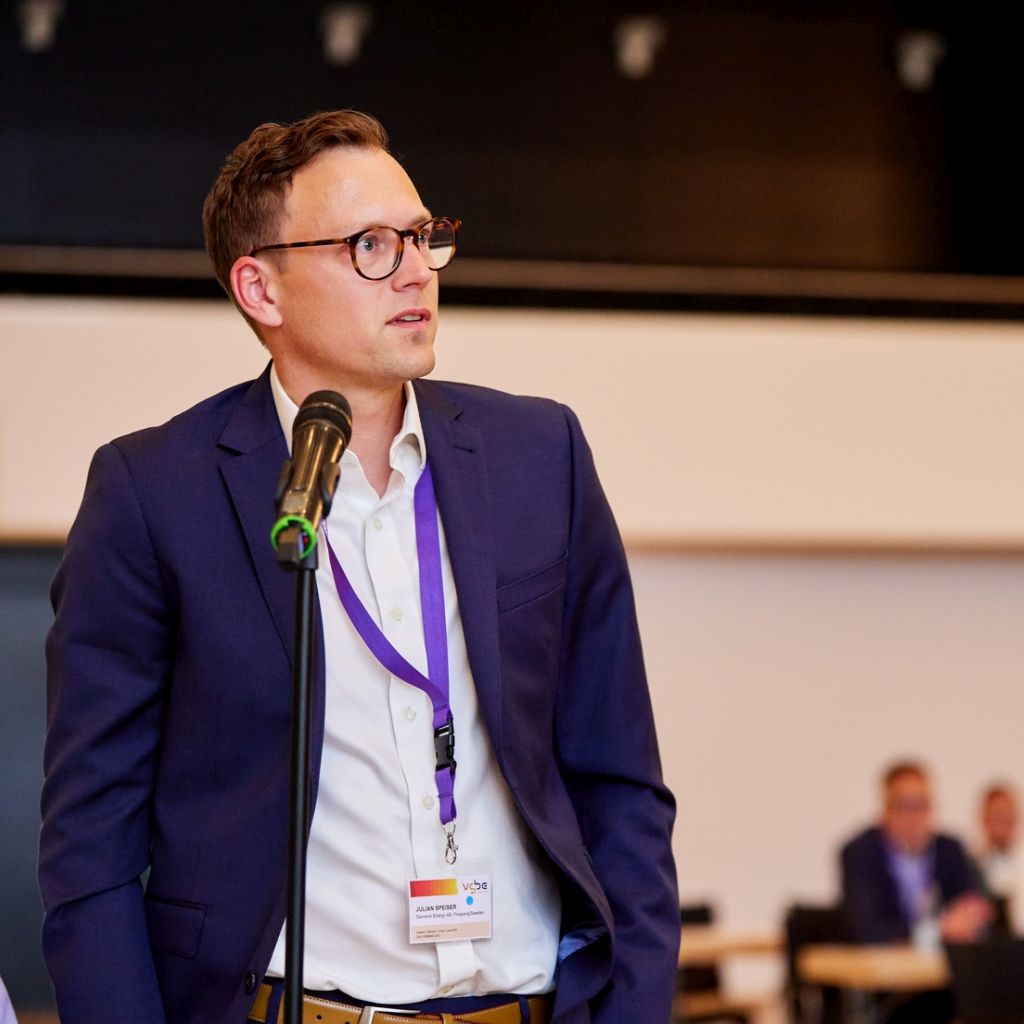

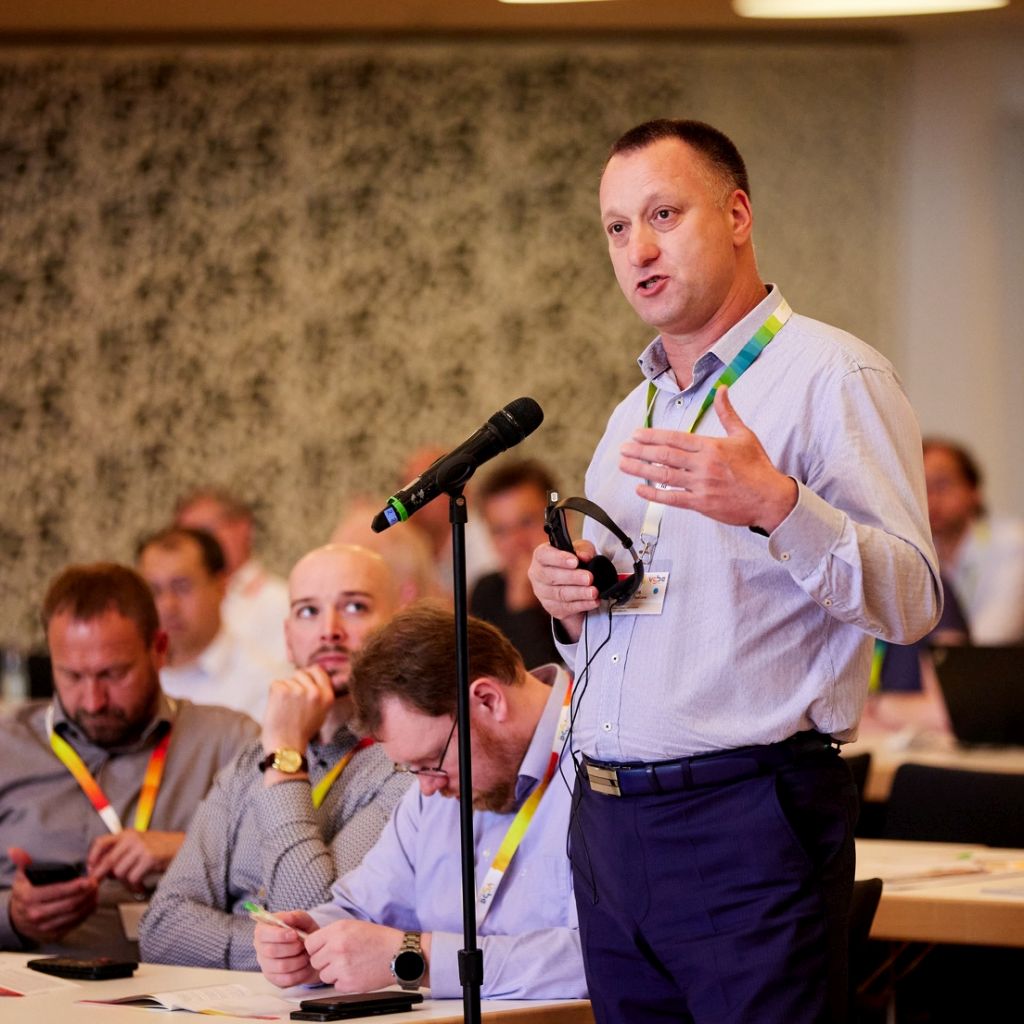
In the last contribution of this year’s symposium, the “Status of the hydrogen field test at the Donaustadt power plant in Vienna” was presented. The project partners, who are jointly executing this project through successful vgbe networking, are currently still in the preparation phase. From July to September 2023, 15% by volume of green hydrogen will be co-fired under real operating conditions, which could contribute to an annual saving of around 33,000 tonnes of CO2 at the site. Further measures to increase the proportion of hydrogen in combined heat and power plants are planned.
Thanks to the professional and stimulating moderation by the Chairman of the vgbe Working Group “Gas Turbines and Gas Turbine Operation”, Dr Manfred Freimark and Professor Uwe Gampe, the presentations were discussed in a way that added value. The evening event at the end of the first day of the conference as well as the accompanying trade exhibition, where participants could inform themselves about the product and service fields of the gas turbine industry, again offered ample space for intensive networking and for in-depth technical as well as personal exchange among the gas turbine experts.
The vgbe team would like to thank all participants, speakers and exhibitors for their valuable contributions, which once again made this year´s conference a great success, and looks forward to the next gas turbine conference, which will take place in 2025. The exact date and venue will be announced in due time.
